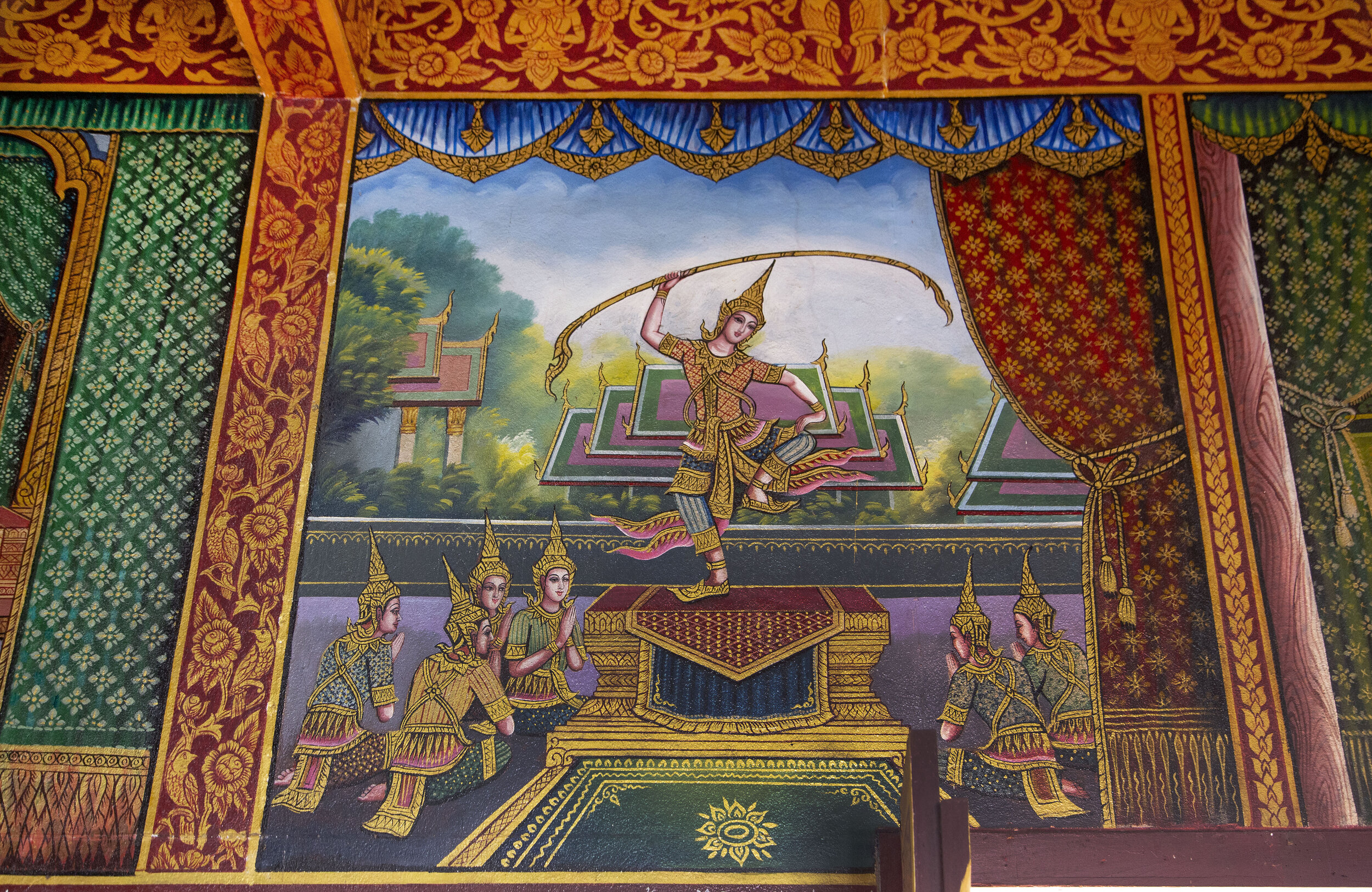What is a Jataka?
On the night of his enlightenment, the Buddha, with his mind finally freed, saw the succession of his past lives: ‘When my concentrated mind was thus purified, bright, unblemished, rid of imperfection, malleable, wieldy, steady, I directed it to the knowledge of the recollection of past lives…This was the first true knowledge attained by me in the first watch of the night.’ We might not remember or even believe that there were, past lives in the technical sense it is used here. The metaphor is a useful one, however, to describe the potential hidden from us in our present human condition.
A Jataka is a story about a birth, and the collection of tales is about the repeated births—and deaths—of the Bodhisatta, the being destined to become the present Buddha in his final life. Written in Pail, the language of the Theravada Buddhist Canon, the tales comprise one of the largest and oldest collections of stories in the world.
The artistic creativity inspired by Jatakas in Thai temple art is an impressive testament to the central place these stories held in often non-literate Buddhist settings.*
*The Jatakas, Birth Stories of the Bodhisatta, by Sarah Shaw
Key scenes from the canonical past lives of the historical Buddha are formally used to decorate most temple interiors. They are framed with red and gold borders, sometimes with a theatrical curtain drawn to the side.
Occasionally, in less famous temples and viharn jatakas scenes are completely redone as opposed to restored.
We have already referred to the important contribution to religious writing made by local works such as the extra canonical Jatakas and especially that celebrated and fruitful series, the Pannasa Jatakas, which have themselves inspired many works in the Thai language.
Nirat
Along with with the folktales, Chak Chak Wong Wong, with their preoccupation with exiled princes using magic, Nirat are narratives of a journey, a poem of farewell characteristic of Thai literature. The genre is well defined; these are verses written in a personal mode., which is unusual; the poem is prompted by a separation, and the poet expresses his love and narrates the events of his journey. It was originally associated with the pilgrimages traditionally made in Thailand during periods when the rice-fields were not in need of constant cultivation.*
*Thai Painting by Jean Bosisselier



